Photographing Wild Bears in the Forests of Finland
![]()
My name is Will McGugan, and I’m a photography enthusiast living in London. This year I spent my birthday in a forest in Finland with no company other than about dozen wild Eurasian brown bears and more mosquitoes than I care to count.
Forest Hide
After a night in the Wilderness centre we were to stay in the forest hide, which is regularly visited by a dozen or so bears and cubs. On the way to the hide, one of the other photographers suggested that my 500mm lens was too long. She was right: the large communal hide was directly in front of a clearing where food was left to attract the bears. At times the bears were so close all I could shoot was a patch of blurry fur.
Fortunately at the far side of the clearing there was enough distance to get the the bears in frame, and in the middle of the clearing I could get some decent mug-shots of the beasts.
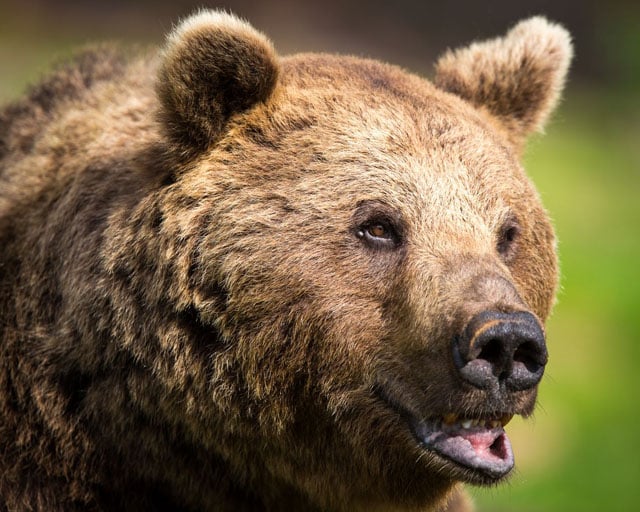
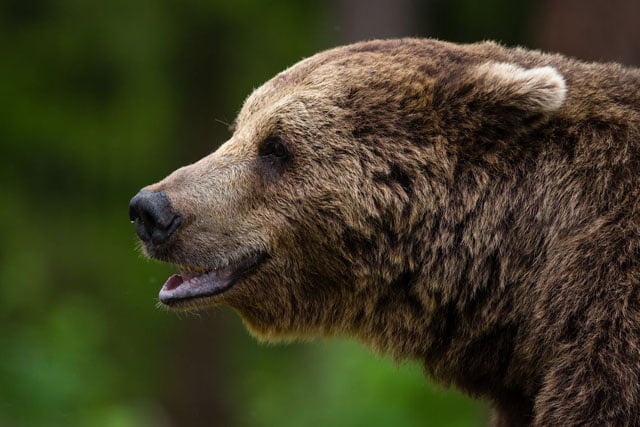
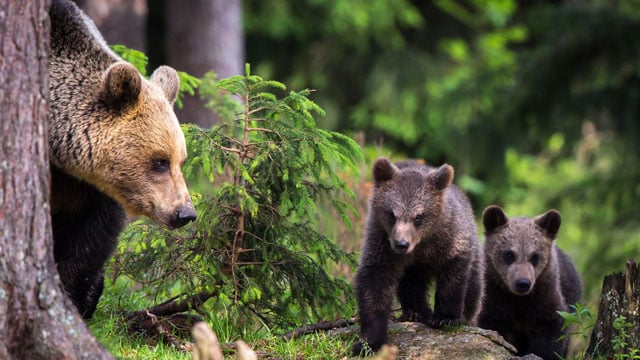
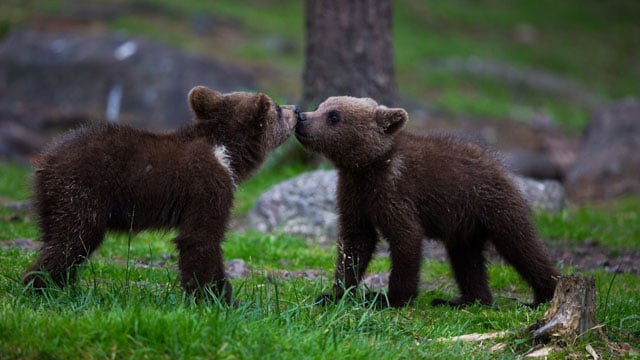
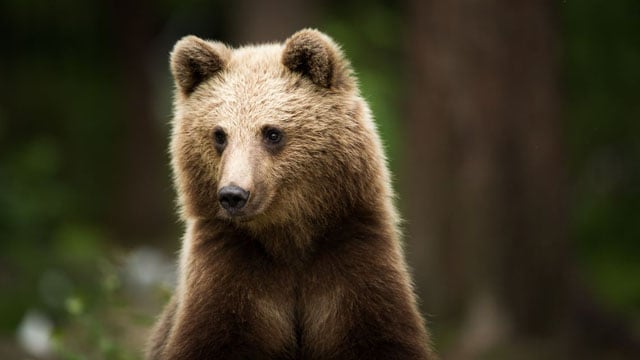
Pond Hide
On the second night, I opted to stay in the pond hide. Now, when I hear the word pond, I think something a few meters across lily pads and frogs in somebody’s back garden. This body of water was, to my eyes, a lake.
The pond hide couldn’t be more different from the previous night. Where the forest hide was a large wooden hut with about 20 or so bunks and a composting toilet, this thing was just wide enough to contain a single bed and not tall enough to stand up in. Facilities were provided in the form of a bucket.
I was there for more than three hours poised with my camera and trying not to nod off before the first bear turned up. Bear paws in wet bog make quite a distinctive noise. Here’s a video of one that wandered right past my hide…
I was a bit worried that I would lose the light, as it was already dusk, but fortunately dusk lasts for hours in that part of the world. I did have to push the ISO really quite high but I think the photos came out better that the previous night, because the setting seemed more natural.
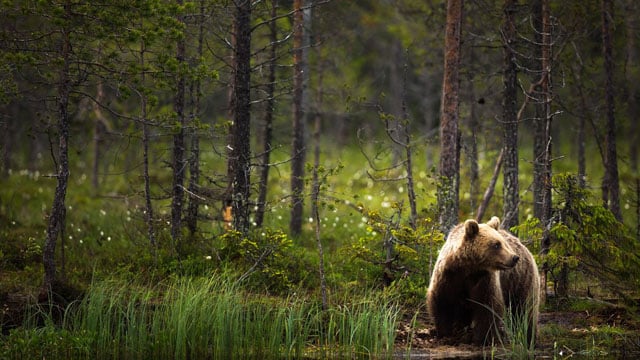
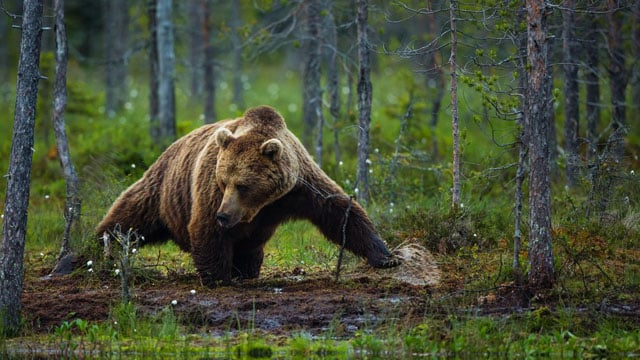
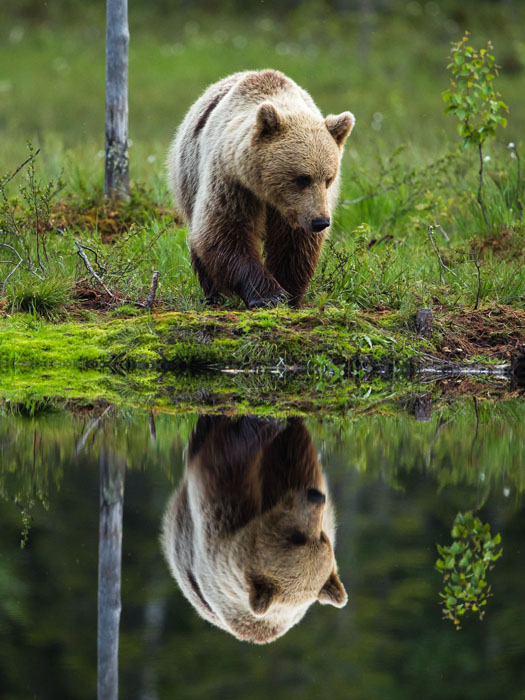
Gear Talk
I have both a Canon 5D Mark III and a Canon 7D Mark II. The 7D is often touted as being best for wildlife and sports shooters because the 1.6X crop factor gives you extra reach for free. I think that’s often true, but only when the light is good. I was shooting at dusk, and the shots that came out of the 5D were much less noisy due to the larger sensor.
Even if I were to crop a 5D shot to be the same frame as a 7D, the result would still be better. I think the takeaway from that is that the 7D is a better choice only if the light is good.
About the author: Will McGugan is a freelance software developer and a hobbyist photographer who’s originally from Scotland but is now living in the London. You can find more of his photography and writing on his website. This article was also published here.